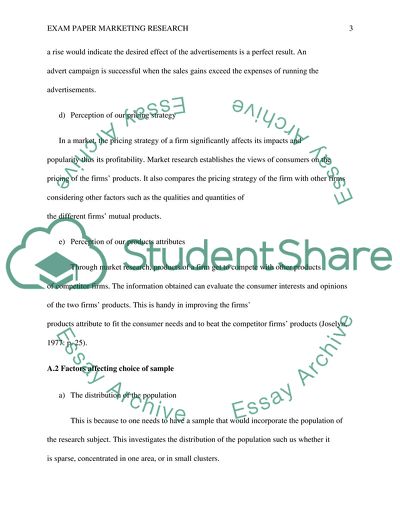Research Methods for Marketing Decisions Term Paper. https://studentshare.org/marketing/1770816-exam-paper-marketing-research
Research Methods for Marketing Decisions Term Paper. https://studentshare.org/marketing/1770816-exam-paper-marketing-research.


